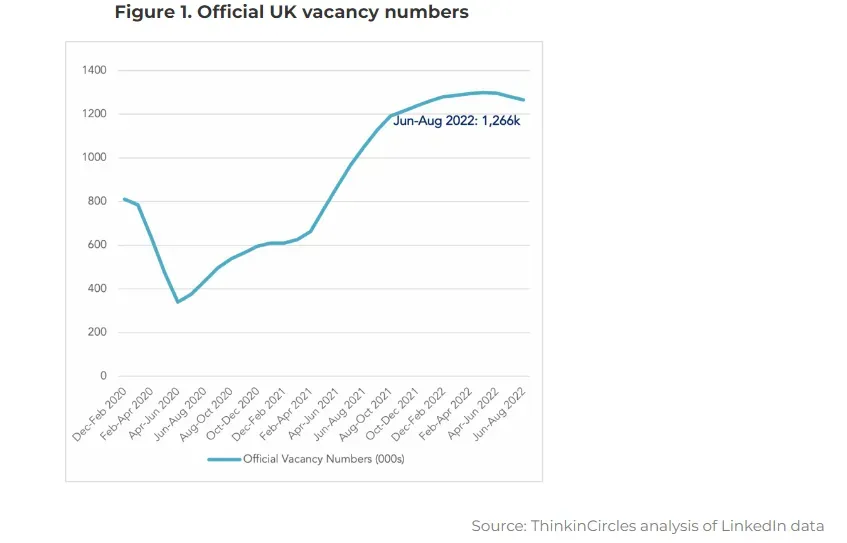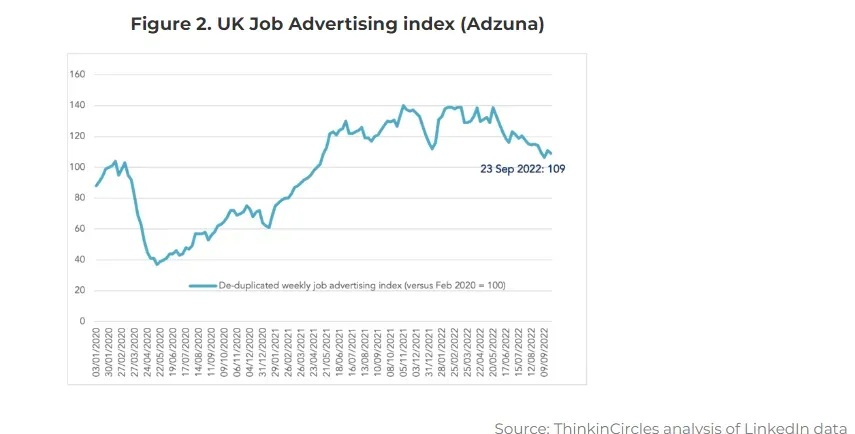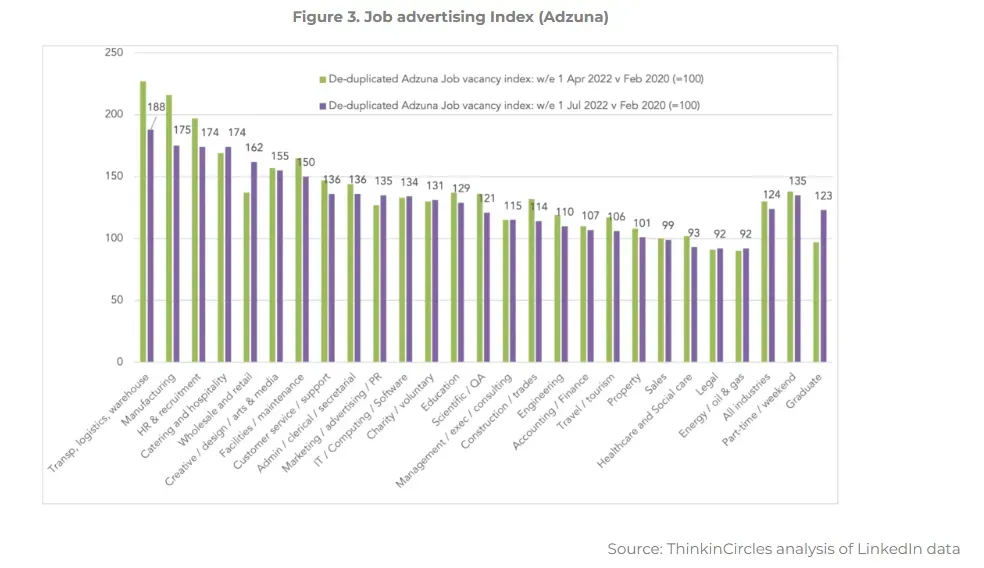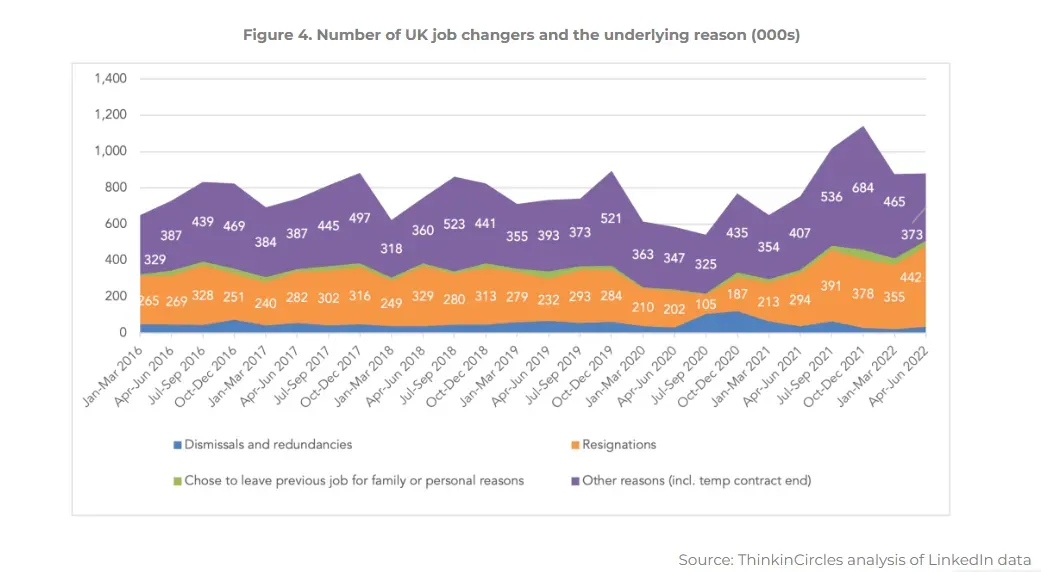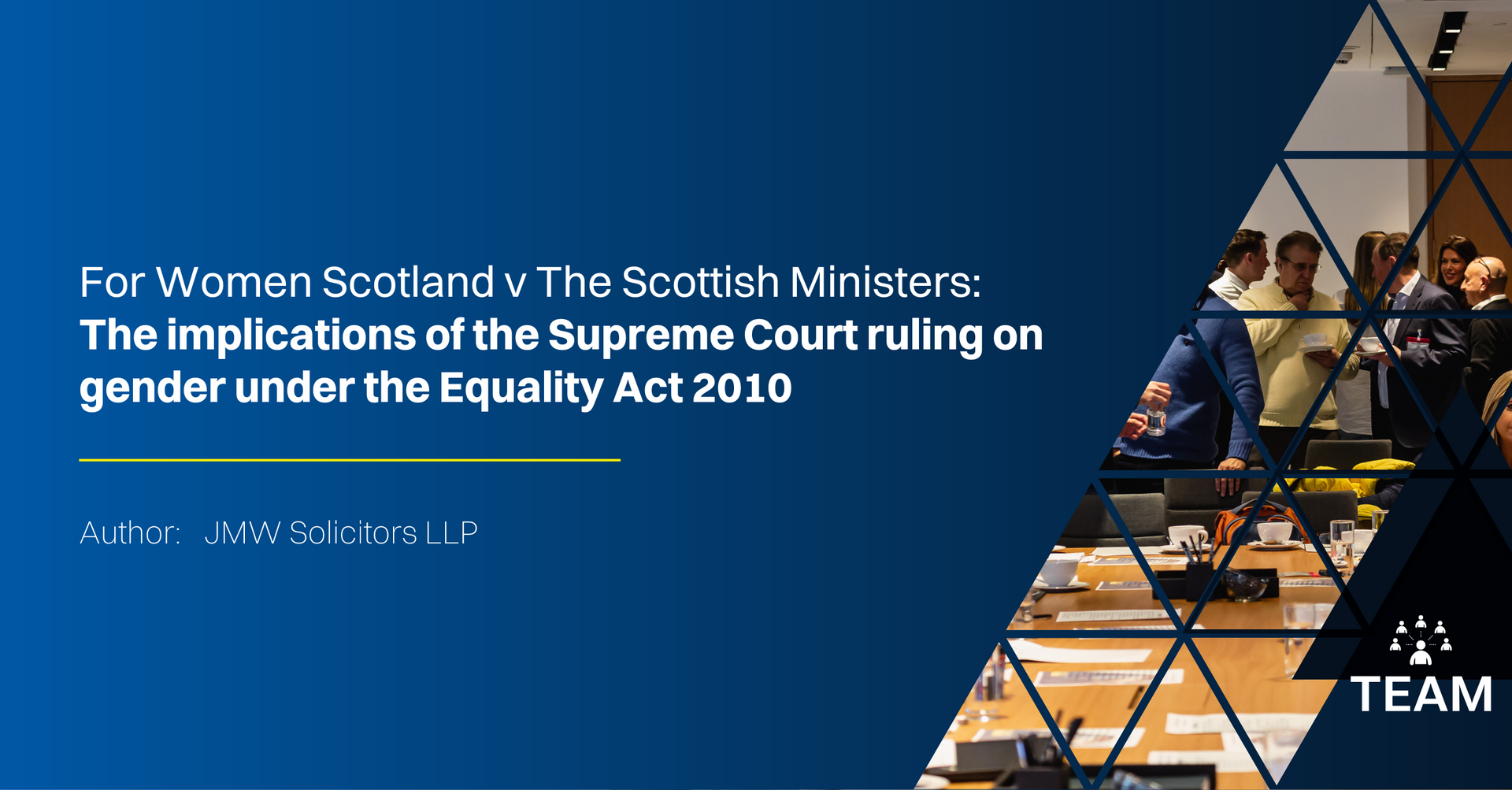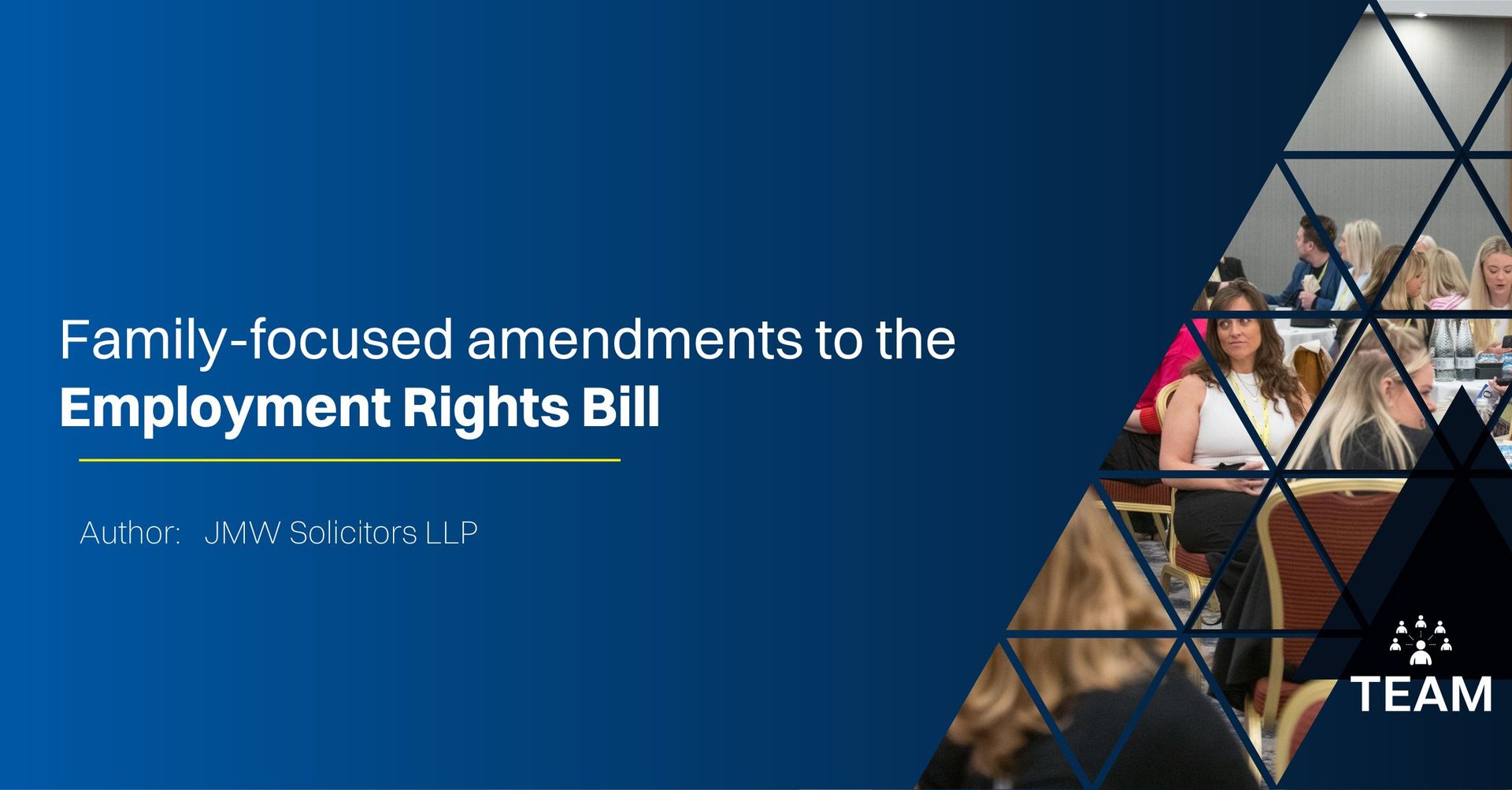By JMW Solicitors
•
May 29, 2025
The Supreme Court handed down its ruling in the case of For Women Scotland v The Scottish Ministers on 16 April 2025. They have ruled that when it comes to the provisions of the Equality Act 2010 (“EA 2010”), “sex” means “biological sex”. This does not include transgender people, even if they have a Gender Recognition Certificate (“GRC”). There has been widespread public debate surrounding the decision since it was handed down. In this article, we will attempt to clarify the implications of the decision. Background to the case The legal issue emerged following a Scottish government initiative in 2018 which aimed to improve female representation on public boards. At the time the initiative was launched, transgender women with a GRC were considered, for the purpose of the Gender Representation on Public Boards (Scotland) Act 2018 (“ ASP 2018 ”), to fall within the definition of a “woman”. According to the accompanying statutory guidance, this therefore brought transgender women with a GRC within the definition of a ‘woman’ under the EA 2010. In 2020, For Women Scotland Ltd, an organisation that campaigns to strengthen women’s rights in Scotland, challenged the government guidance. This resulted in new statutory guidance being issued, highlighting that section 212 of the EA 2010 defines a “woman” as “a female of any age”, and stating that a trans-feminine person with a GRC is a woman for the purpose of gender representation on public boards. For Women Scotland Ltd challenged the new statutory guidance in 2022, advancing the argument that the definition of a “woman” under the EA 2010 refers to biological sex, and therefore a trans woman with a GRC should not be included. This was the issue to be determined by the Supreme Court. The Supreme Court decision The Supreme Court unanimously allowed the appeal by For Women Scotland Ltd and held that within the EA 2010, the terms “man”, “woman” and “sex” refer to biological sex. The Supreme Court concluded this interpretation was necessary for clarity and coherency for provisions on maternity and pregnancy as well as other sex-based protections. The Court emphasised the importance of the Act being consistent and confirmed it would not be appropriate to include different definitions of “sex” for different parts of the Act. The Supreme Court stated that this decision does not reduce the separate protection against discrimination which is afforded to transgender people under the protected characteristic of gender reassignment. EHRC guidance The Equality and Human Rights Commission has issued interim guidance on the main consequences of the judgment, which can be found here . This guidance reiterates that it is compulsory for employers to provide sufficient single-sex toilets in the workplace and, where required, single-sex washing and changing facilities. Furthermore, trans women should not be permitted to use the women’s facilities and trans men should not be permitted to use men’s facilities. The guidance identifies that in some circumstances, the law allows trans women (biological men) not to be permitted to use the men’s facilities, and trans men (biological woman) not to be permitted to use the women’s facilities. Where there are facilities available to both men and women, however, trans people should not be put in a position where there are no facilities for them to use. The EHRC has confirmed that it intends to provide an updated Code of Practice to the UK Government which will help employers and other bodies to understand their duties under the Equality Act and put these into practice. Implications for the workplace The recent judgment will require employers to review their policies when it comes to toilets, changing rooms and washing areas. Following the Supreme Court decision, the starting point is that transgender people should use the bathroom correlating to their biological sex. However, there are legal risks in this approach, as transgender people are protected against discrimination by the characteristic of gender reassignment. A person with gender dysphoria may also have the protected characteristic of a disability. If a workplace bathroom policy is seen to be discriminatory on the basis of gender reassignment or gender dysphoria, then the company could be at risk of tribunal proceedings on this basis. Employers should identify which facilities a transgender person may use while also retaining some single-sex facilities. As an alternative, the 1992 regulations provide that employers may provide facilities in a room with a lock capable of being secured from the inside, to be used by one person at a time. These can be used by anyone. Employers may consider choosing to update their facilities to unisex options which are compliant with these standards. Fundamentally, this is an issue of competing rights. Companies will need to assess which rights are engaged in each individual case and consider how any policy could impact potential discrimination claims on the basis of: Sex, Gender reassignment, Religion and belief, and Disability. Article by JMW Solicitors LLP
